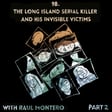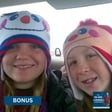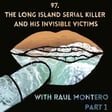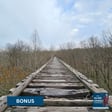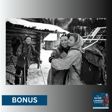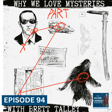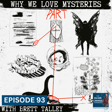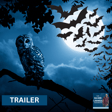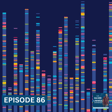
87. Making the Forensic Ties that Bind, Live Listeners Q&A with Kristen Mittelman of Othram (Part 2 of 2)
In this second episode with Kristen Mittelman, co-founder of Othram, a forensic DNA and genetic genealogy company that has revolutionized the resolution of cold cases, Kirsten takes questions from listeners. Kristen discusses the most difficult cases Othram has solved, Othram's selection process, how Othram has built a data set that allows them to conduct genetic genealogy within underrepresented populations and more.
In the first episode, Kristen and Jayson sit down one-on-one to discuss the reasons for and the mission of Othram. Check that out as well.
If you want to support Othram’s efforts to give all victims and law enforcement agencies access to this technology, visit www.dnasolves.com.
Check out the Silver Linings Handbook website at:
https://silverliningshandbook.com/
Check out our Patreon to support the show at:
https://www.patreon.com/thesilverliningshandbook
Visit the Silver Linings Handbook store to support the podcast at:
https://www.bonfire.com/store/the-silver-linings-handbook-podcast-store/
